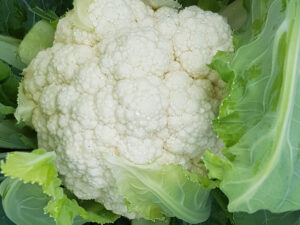
Transplanting cauliflower in Gauteng, South Africa, or any other region, involves several key steps to ensure the healthy growth of the plants. Here’s a guide to help you with the process:
1. Timing
- In Gauteng, the climate is generally mild, but it’s important to transplant cauliflower during a time when temperatures are not too hot. Cauliflower prefers cooler temperatures, so late summer to early autumn is a good time to transplant for a winter harvest.
2. Seedling Preparation
- Start with healthy seedlings, either grown by yourself or purchased from a nursery. Seedlings should be about 4-6 weeks old with strong stems and a healthy root system.
3. Soil Preparation
- Cauliflower prefers well-drained, fertile soil with a pH between 6.0 and 7.0.
- Enrich the soil with compost or well-rotted manure before transplanting.
- Make sure the planting area is free of weeds and debris.
4. Planting
- Dig holes larger than the root ball of your seedlings. The spacing should be about 18 inches (45 cm) apart to allow for growth.
- Carefully place the seedling in the hole and fill it with soil. Gently firm the soil around the base of the plant.
- Water the seedlings immediately after transplanting to help settle the soil.
5. Watering and Mulching
- Cauliflowers need consistent moisture. Water the plants regularly, especially during dry spells.
- Apply mulch around the plants to retain moisture and control weeds.
6. Feeding
- Use a balanced fertilizer a few weeks after transplanting to encourage growth.
- Be cautious not to over-fertilize as this can lead to more leaves and less head development.
7. Pest and Disease Control
- Monitor for common pests like aphids and caterpillars. Use appropriate organic or chemical controls if necessary.
- Keep an eye out for diseases like downy mildew and clubroot. Practice crop rotation to prevent disease build-up in the soil.
8. Blanching
- If you prefer white cauliflower heads, blanch them by tying the leaves over the head when it’s about the size of an egg. This protects the head from sunlight and keeps it white.
9. Harvesting
- Harvest cauliflower when the heads are compact, white, and firm. Don’t wait too long as they can become ricey and lose quality.
10. Aftercare
- After harvesting, you can leave the plant to see if side shoots develop, which are also edible.
Remember, the success of transplanting cauliflower also depends on factors like local climate conditions and specific soil types, so it might be beneficial to seek local gardening advice as well.

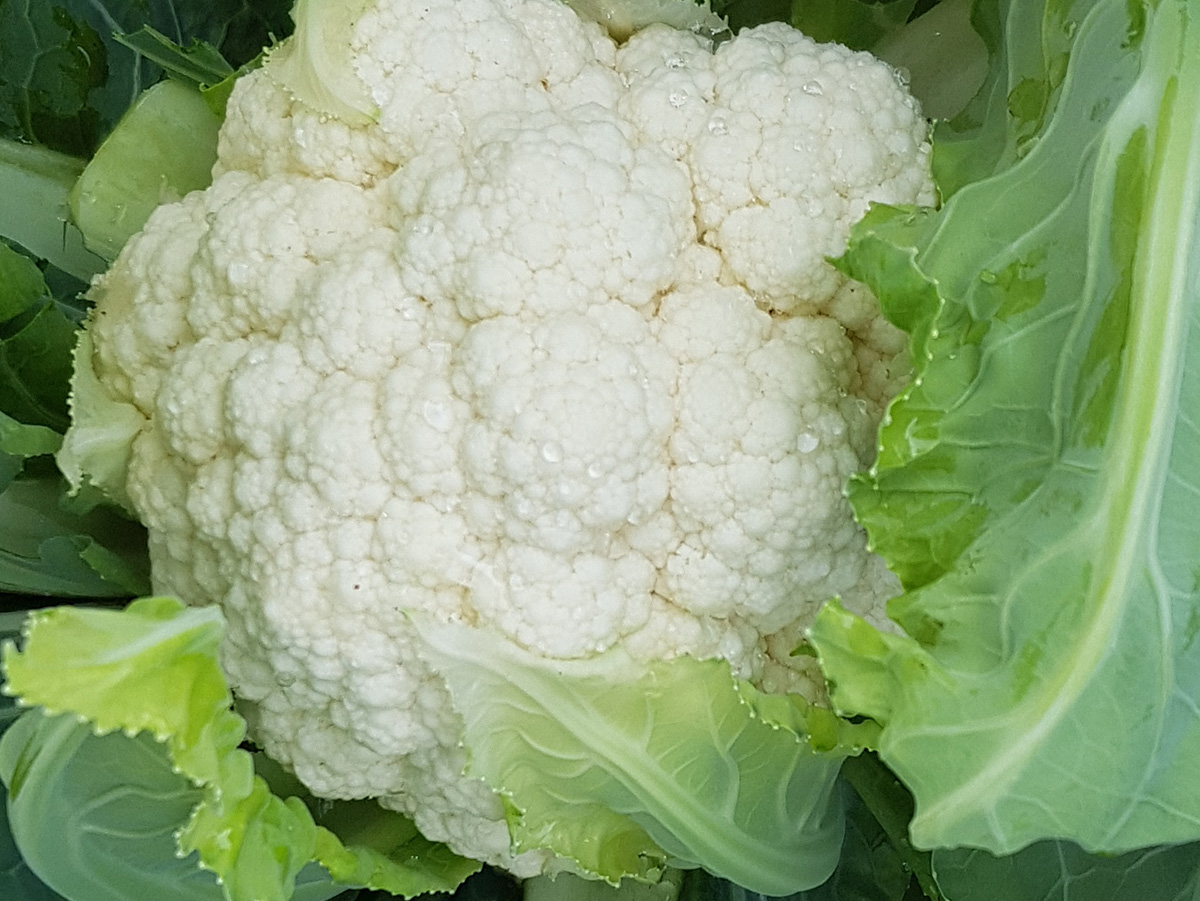
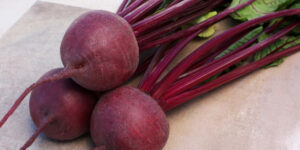
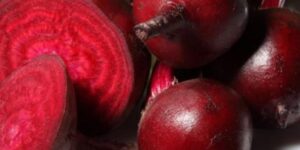
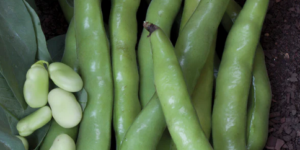
Reviews
There are no reviews yet.